I recently noticed I don’t cover a lot of matcha on this here blog. There are some completely innocuous reasons for that: (1) everyone is already covering matcha just fine, and (2) when I do cover matcha, I tend to go a little . . . overboard.

Such was the case a few weeks back.
Sometime this last July, I was contacted by a company I hadn’t heard of—Naoki Matcha. I appreciated their aesthetic for one simple reason. They appeared to be a no-bullsh*t matcha company. Meaning: they told it like it was, and provided all the necessary information about the products they offered. The part that made my eyebrows arch, though, was that the carried matchas from regions I hadn’t tried. Two of the ones they slated for me to sample fit this category.

One hailed from the town of Chiran in Kagoshima prefecture, the other was from Yame in Fukuoka prefecture. The only thing that gave me pause was that both teas were from the 2019 harvest. But I later learned that was actually a good thing. If properly stored for six months to a year after harvest and grinding (preferably in a cool, refrigerated place), the flavor was better.
The day I got them, I had intended to do them on separate days . . . but I didn’t. I did them back-to-back. Here were the results:
This one had an interesting story. Yame, Fukuoka prefecture is better known for gyokuro and old tree Zairai sencha. Until this li’l canister, I hadn’t heard of matcha being made in Yame. Well, apparently, it’s a new thing. This product comes from a small tea farm that usually specializes in gyokuro. Since the leaf material for gyokuro and matcha’s base material—tencha—are grown the same way (shaded, et al.), it wasn’t that much of a stretch that such an outfit could make matcha.
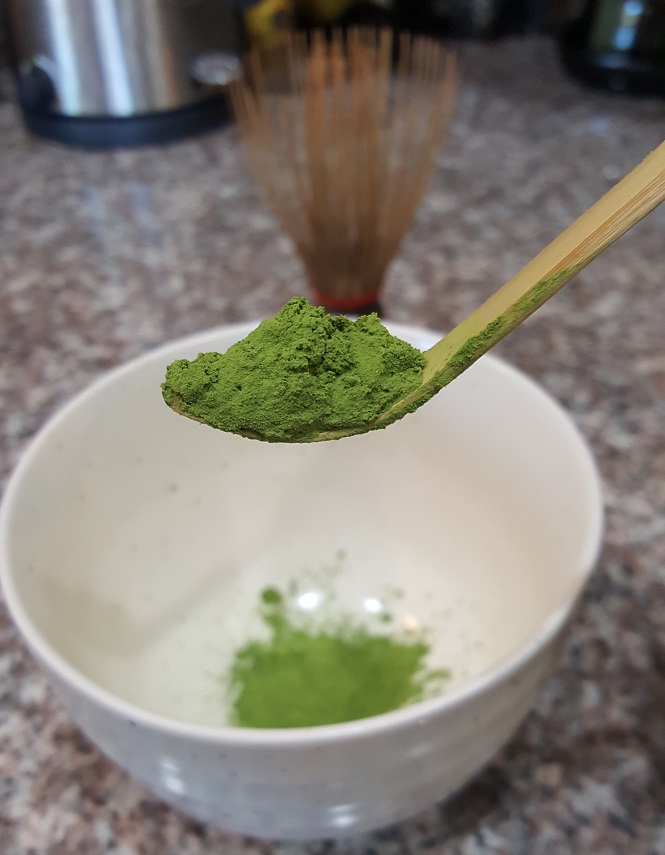
The powder was gorgeous, and very vibrant in its green hue. What surprised me most was how sweet it smelled. There’s usually a sweet and savory scent, but—in my limited experience—the aroma never bordered on confectionary.
I went with an usucha style brewing. Three chashaku spoonfuls, 160F water, whisked vigorously.
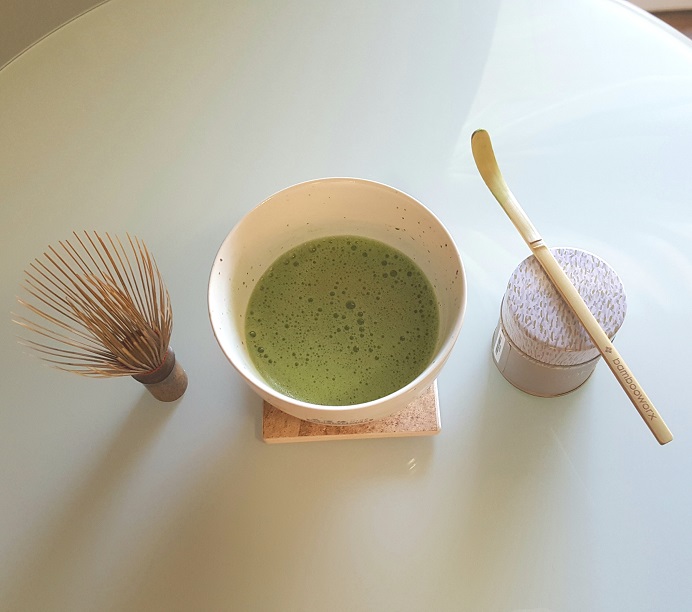
The sweetness I smelled carried over to the sip. The froth was silky in texture as it was in taste. The umami bend most matchas have was dialed back with this one. And, that’s okay! I preferred the sweeter, more tencha-forward flavor profile. I’d call this one a daily drinker, and in the best possible way.
Mere moments after downing that bowl, I moved on to the next one.
Limited Edition Chiran Harvest 2019
Give the moniker for this tea, I could tell it was a very special case. Unlike a lot of sencha or matcha offerings—which are made from a blend of cultivars, or Yabukita—this was made from a new Kagoshima innovation; Seimei. According to the ever resourceful My Japanese Green Tea blog, Seimi is an ideal cultivar for making tencha. Almost as effective as the famous Ujihikari cultivar. It can be harvested earlier than most cultivars, and it’s almost as cold resistant as the Sochi cultivar (from Russia). On top of that, the leaf material lends to a smooth, clean, and pure taste—as its name implies.
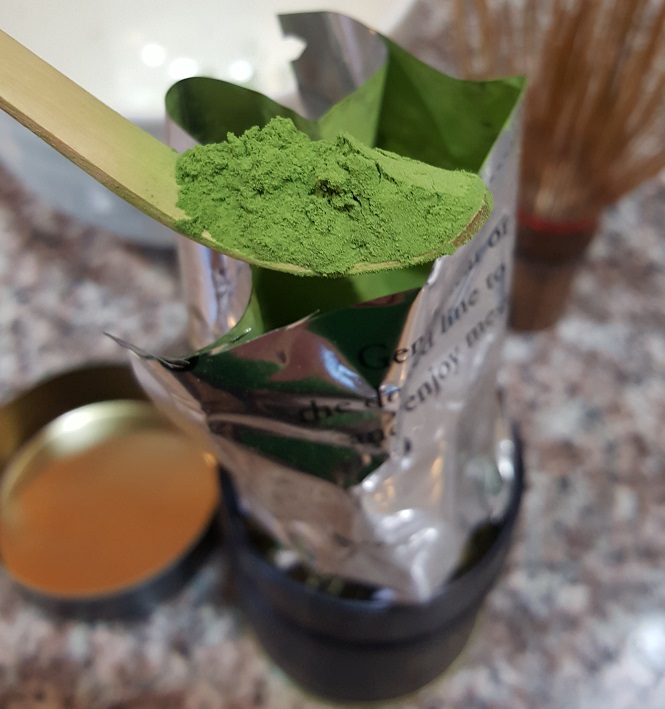
The powder was as bright green as the product description claimed. Not as bold about it as the sweet show-off, Yame, but reserved in its excellence. The aroma was also more typically matcha-like in its presentation. Umami for days, almost bordering on meaty.
I prepped it the same way I did the Yame. Although I think it would’ve fared better with a koicha brew-up, I opted for usucha. Why? Well . . . um . . . I can’t really make “thick tea” that well. Gotta go with what I’m used to.
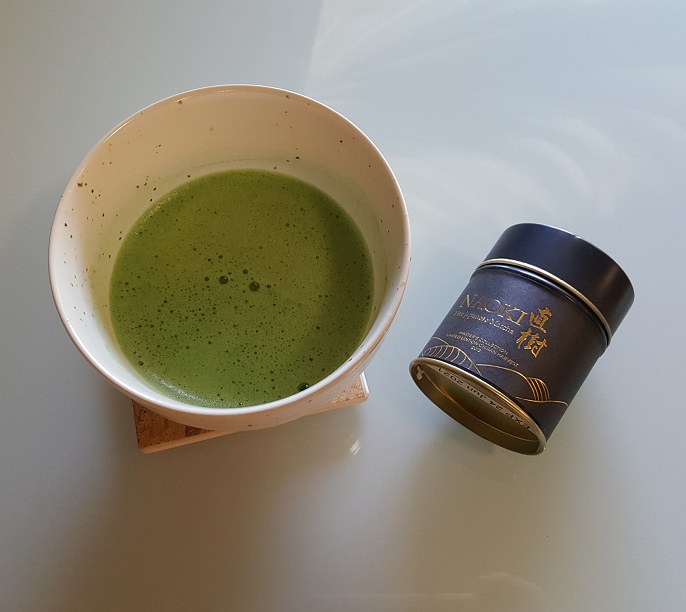
The Chiran frothed up more readily than the Yame, pale green foam appeared mere moments after the chasen touched water. The aroma matched the powder in meatiness, but it also had a fair amount of date bread sweetness to go along with that. The taste was all over the place. It started off buttery, nutty, then creamy, and went into a direction I can only describe as, “almond butter made into a FIST!”
This was so rich that I poured half of it off, and gave it to my Marine veteran roommate. He grills our burgers at home. He concurred on the meatiness of it.
Was there a favorite?
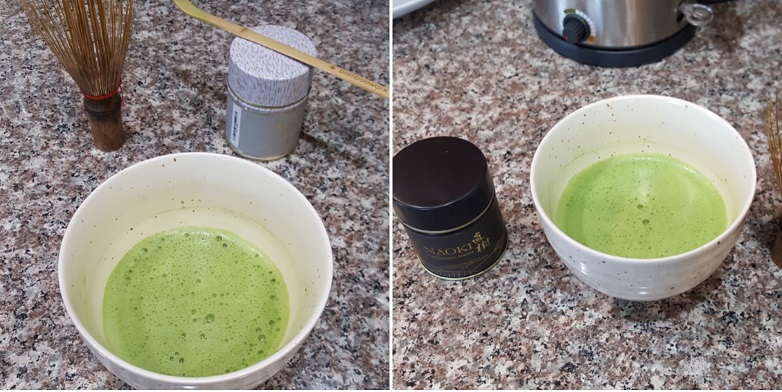
Well, it depends on what I’m in the mood for. If I need the tired tar beaten out of me, and a general feeling of blissful euphoria? Chiran wins. For a delicate, sweet, casual daily drinker? Yame is the best choice. If I were to compare these two to anything, it would be Indian teas. (Not in taste; disposition.) Chiran would be an Assam—chewy, full-bodied, punch-to-the-face happiness. Yame would be a Darjeeling—light, delicate, sweet, and the perfect way to waste away an afternoon.
I look forward to future sessions with both. Just . . . not back-to-back. The world doesn’t need to see that. Er . . . again.
To buy the Fragrant Yame Blend, go HERE.
To buy the Limited Edition Chiran, go HERE.

Eustacia Tan
Both sound great! I don’t think I could do two bowls of matcha back to back (just a bowl is pretty much my limit for the day) so it’s amazing you can do them back to back!
Xavier
“But I later learned that was actually a good thing.”
Where did you learn that?